Your vital organs—screened
Scan your body for potential cancer and 500+ conditions in up to 13 organs.



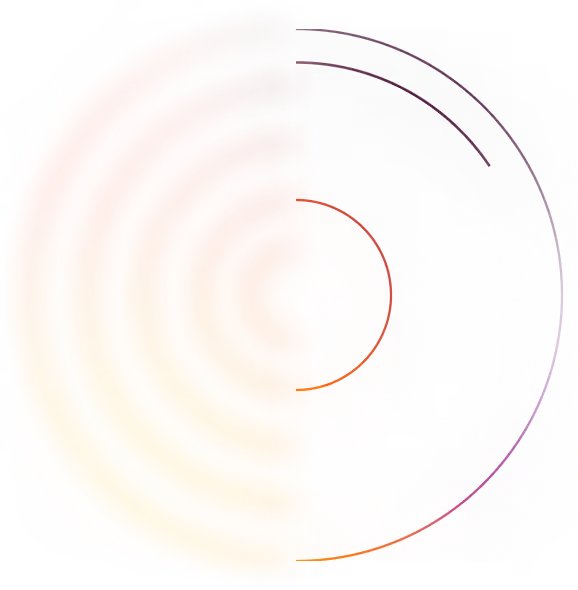
Our scan is designed to










"A large part of the credit for this great prognosis goes to early detection: given that the tumor was found so early, it was easier to remove surgically, and any spread is unlikely"

Most people diagnosed with cancer twice can’t say cancer and lucky in the same sentence. I'm so thankful to have caught these cancers early.


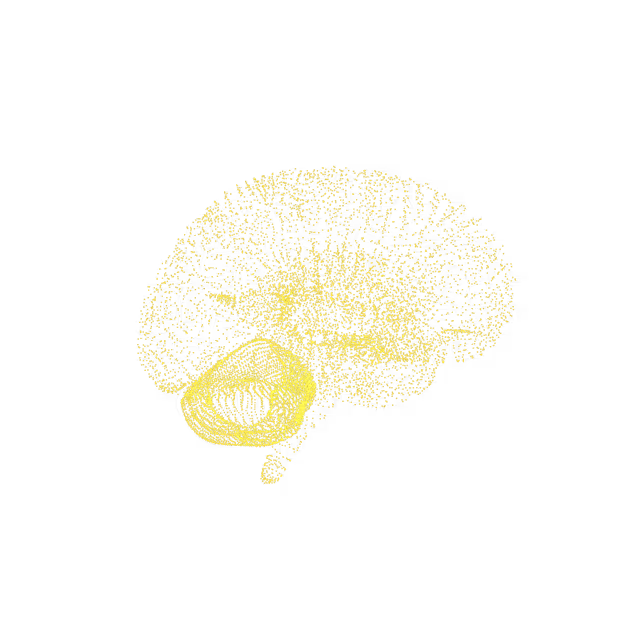
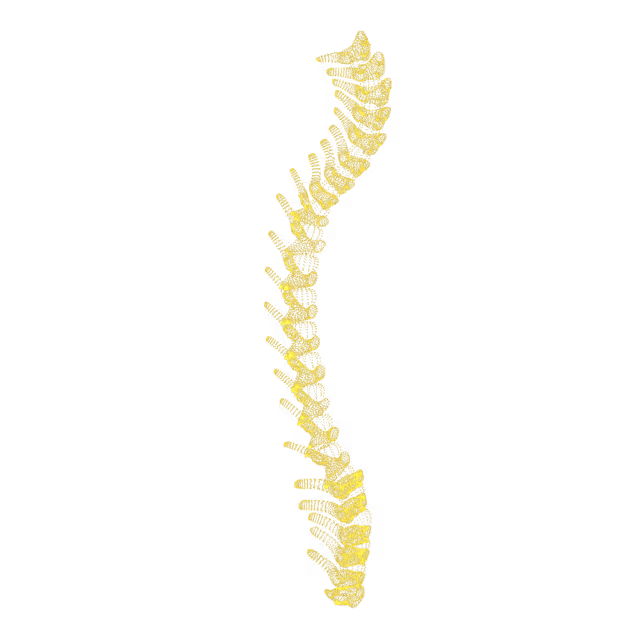
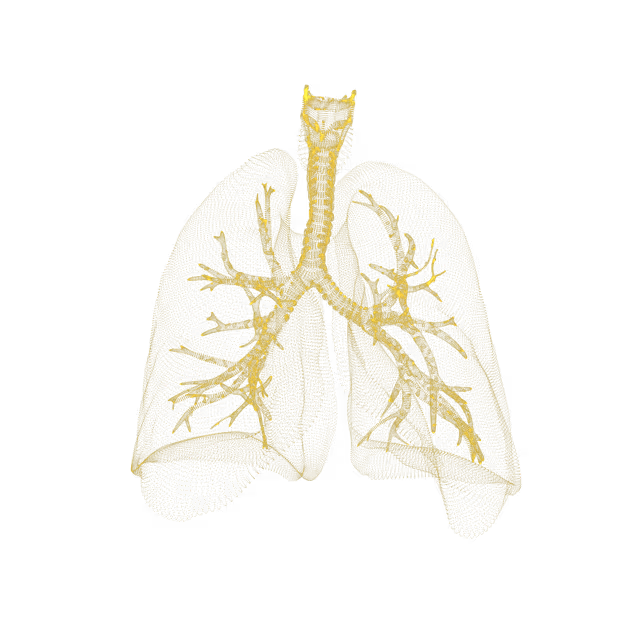
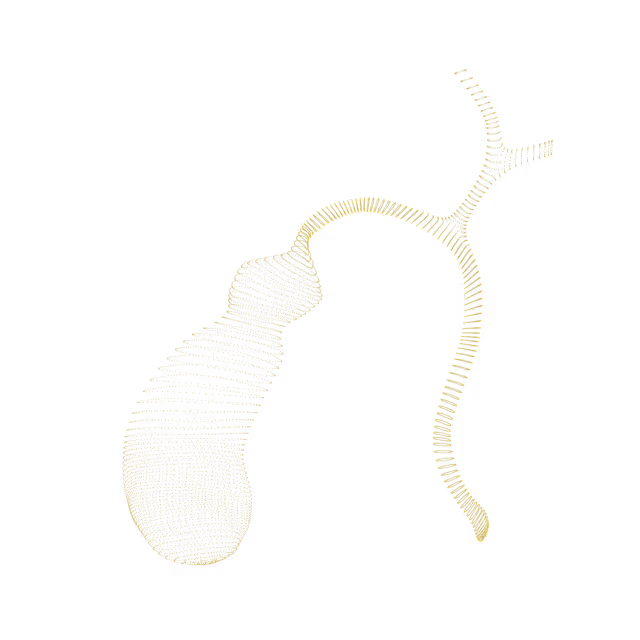
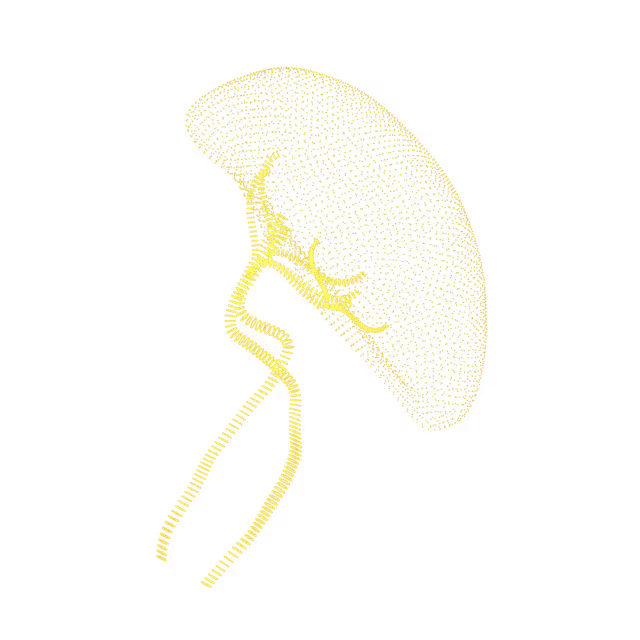
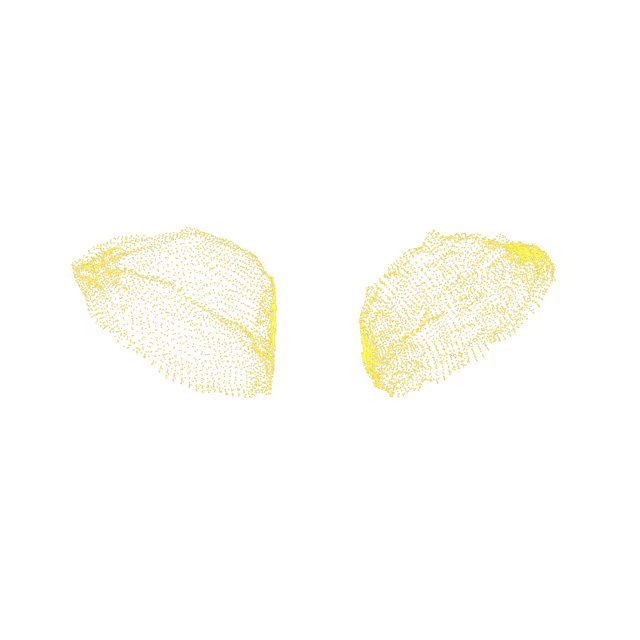
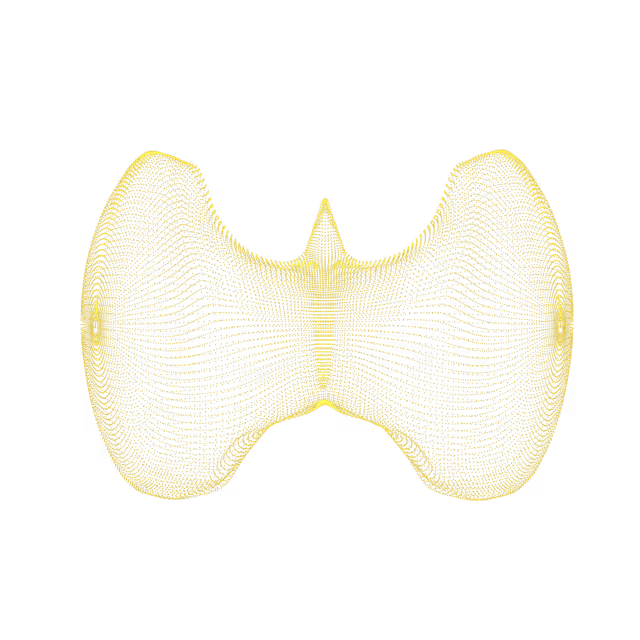
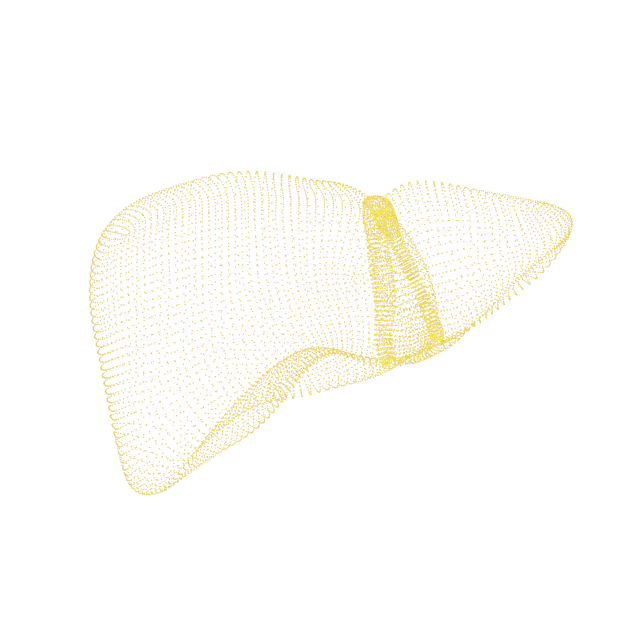
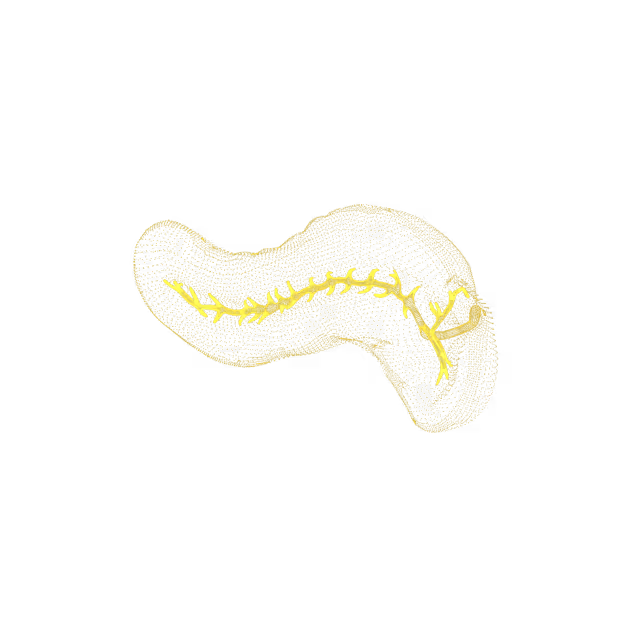
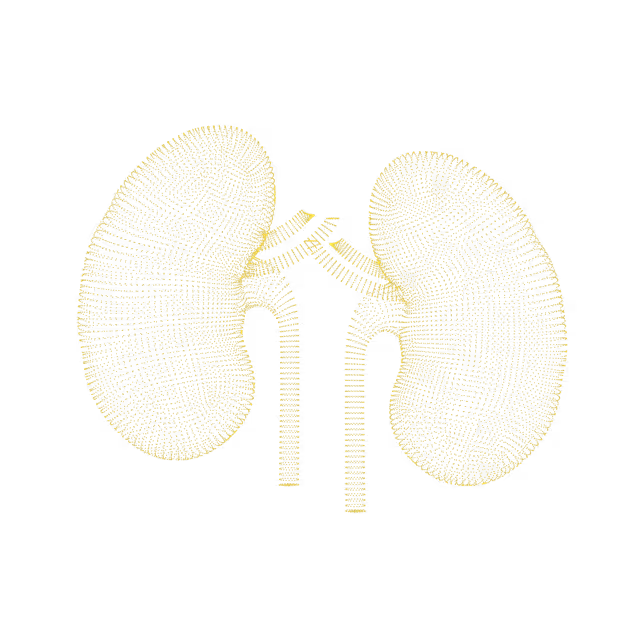
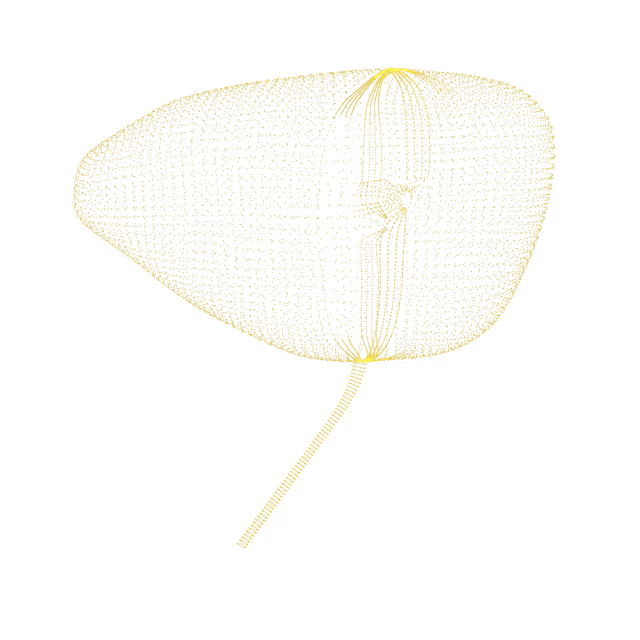
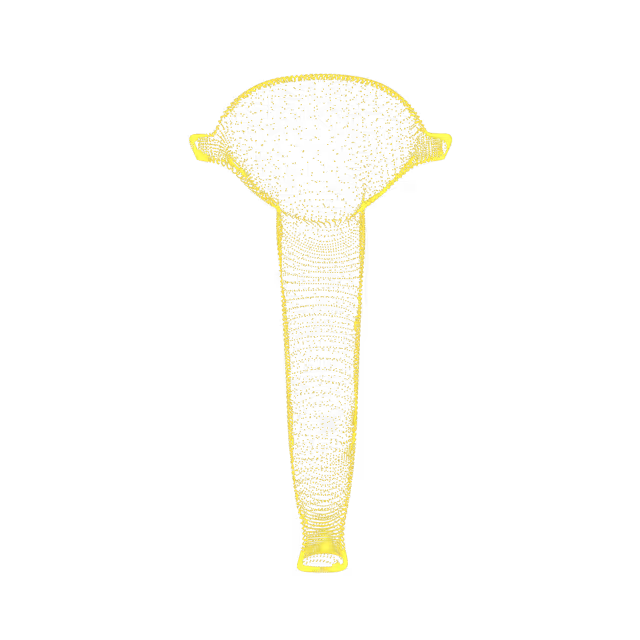
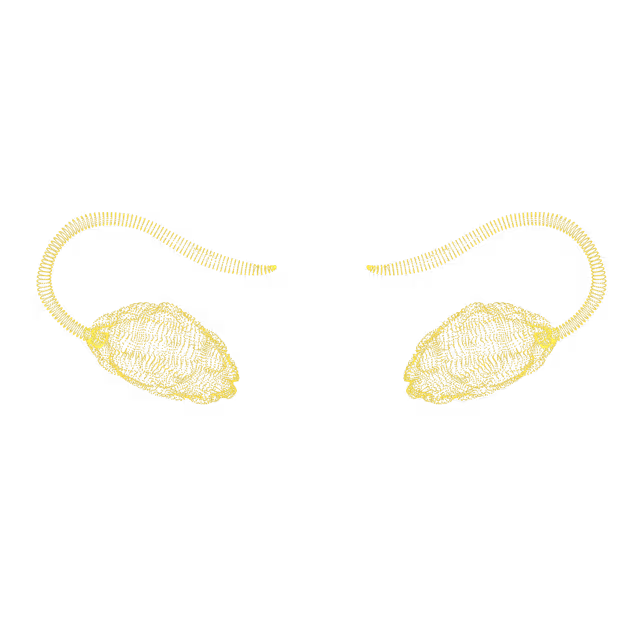
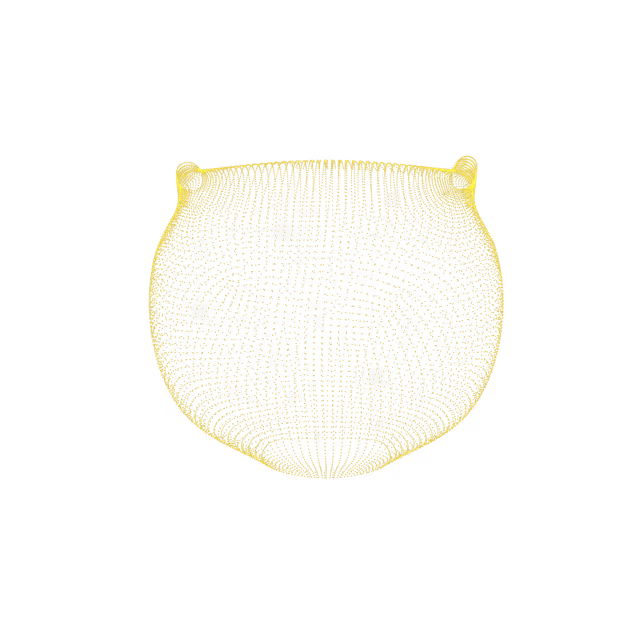

The pancreas is a long, flat gland that sits tucked behind the stomach in the upper abdomen. Its main function is to produce enzymes that help with digestion and hormones that help regulate the way the body processes sugar. Calcium can build up in parts of the pancreas due to an unknown cause or from conditions including alcoholic pancreatitis (inflammation of the pancreas), cystic fibrosis, aging and rarely, cancer.
Pancreatic neuroendocrine tumors form in neuroendocrine pancreas cells (such as islet cells). These cells make hormones that help control sugar levels in the blood. Pancreatic neuroendocrine tumors may be benign (not cancer) or malignant (cancer). They are much less common than pancreatic exocrine tumors and have a better prognosis.
Most pancreatic cancers are exocrine tumors. Tumors are an abnormal mass of tissue that forms when cells grow and divide more than they should or do not die when they should. A pancreatic exocrine tumor forms in cells that make enzymes to help the body digest food.
The pancreas is a long, flat gland that sits tucked behind the stomach in the upper abdomen. Its main function is to produce enzymes that help with digestion and hormones that help regulate the way the body processes sugar. Although the body and tail of the pancreas are absent, the pancreas has a normal appearance. The absence of the body and tail are reflective of your known history of situs inversus.
Lipomas are the most common type of benign (non-cancerous) fat-containing masses and demonstrate a characteristic appearance on MRI. The cause is not fully understood, but there is a genetic factor as they typically run in families. Usually these tumors do not cause symptoms, but can become painful if large and pressing on nearby nerves.
The pancreas is a long, flat gland that sits behind the stomach. Its main functions are to produce digestive enzymes and hormones that regulate blood sugar levels. A cyst is a sac-like pocket of membranous tissue that contains fluid, air or other substances. There are several types of cystic growths of the pancreas, each with malignant potential that varies from nearly zero to up to 70% depending on the type. Pancreatic cysts can cause symptoms of abdominal pain, persistent nausea/vomiting, and in more serious cases, jaundice (yellowing of the skin/eyes) and weight loss.
The appendix is a small tube of tissue attached to your large intestine. An appendiceal mucocele describes when there is a mucus collection inside the appendix. This is an uncommon finding, with an incidence of less than 1%. Appendiceal mucoceles can be asymptomatic (does not cause symptoms), but could cause right lower abdominal pain, nausea, vomiting and weight loss. In rare instances, the mucocele can have malignant (cancerous) features.
The common iliac arteries branch off from the end of the abdominal aorta (the main blood vessel that exits the heart, bringing oxygen-rich blood to the rest of the body). The common iliac arteries provide the primary blood supply to the lower limbs. Atherosclerosis is when plaque (cholesterol containing fatty deposits) builds up and hardens the blood vessels, and if it progresses, can block blood flow causing heart attack or stroke. Risk factors for atherosclerosis include high blood pressure, poor cholesterol, diabetes, and smoking.
Retroperitoneal refers to the anatomical space located behind the abdominal or peritoneal cavity and holds the organs that contribute to several systems in the body, including the urinary, adrenal, circulatory, gastrointestinal, and endocrine systems. Cysts (pockets of fluid) are benign (non-cancerous) findings that usually cause no signs or symptoms and need no treatment. However, they may become large enough to cause pain or discomfort in the abdomen or pelvic area.
A Bochdalek hernia results when there is failure of closure of the diaphragm (a thin skeletal muscle that sits at the base of the chest and separates the abdomen from the chest) during embryonic development. This can allow protrusion of abdominal content, usually fat but sometimes organs or the intestines, into the chest. Bochdalek hernias are found in approximately 6% of adults, with incidence increasing with age. This is usually asymptomatic (does not cause symptoms), but can sometimes cause gastrointestinal (e.g. constipation, abdominal pain) or pulmonary symptoms.


© 2025 Ezra